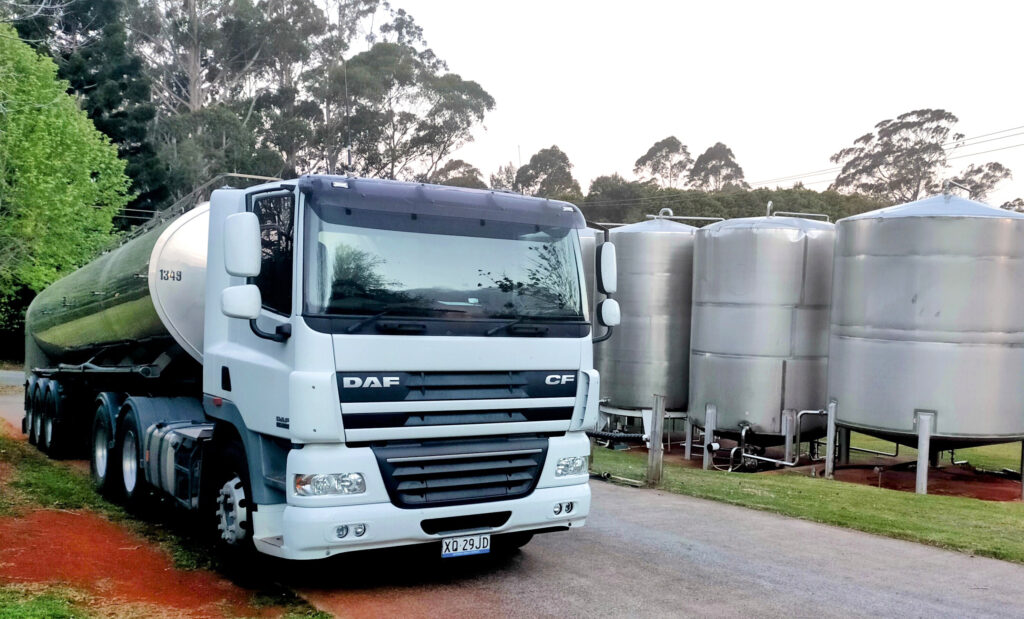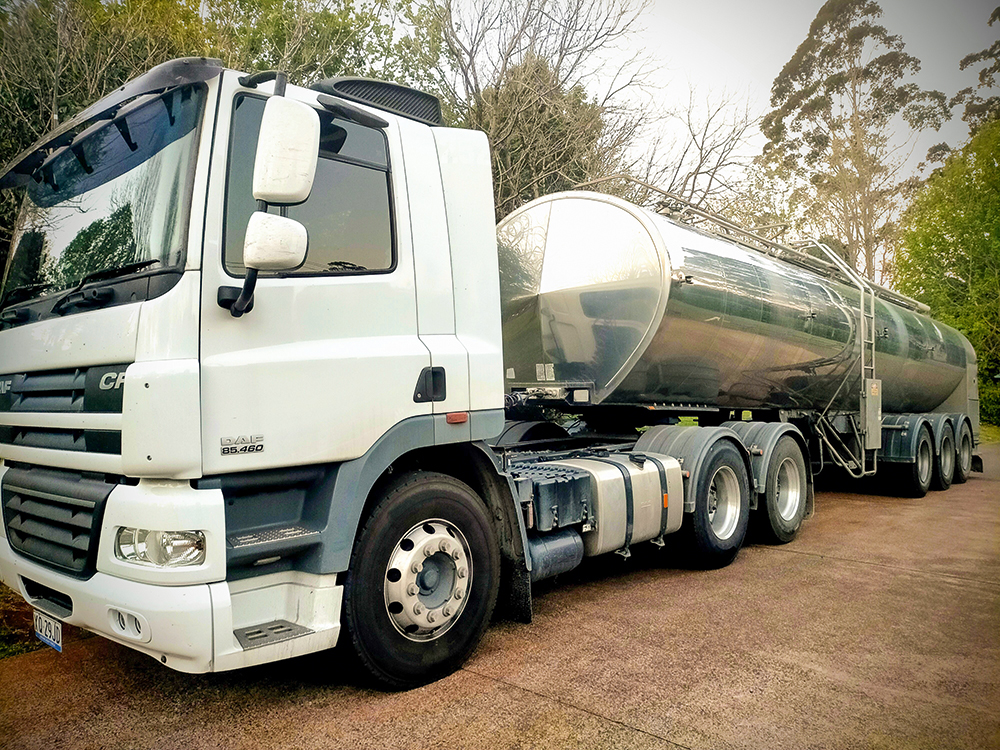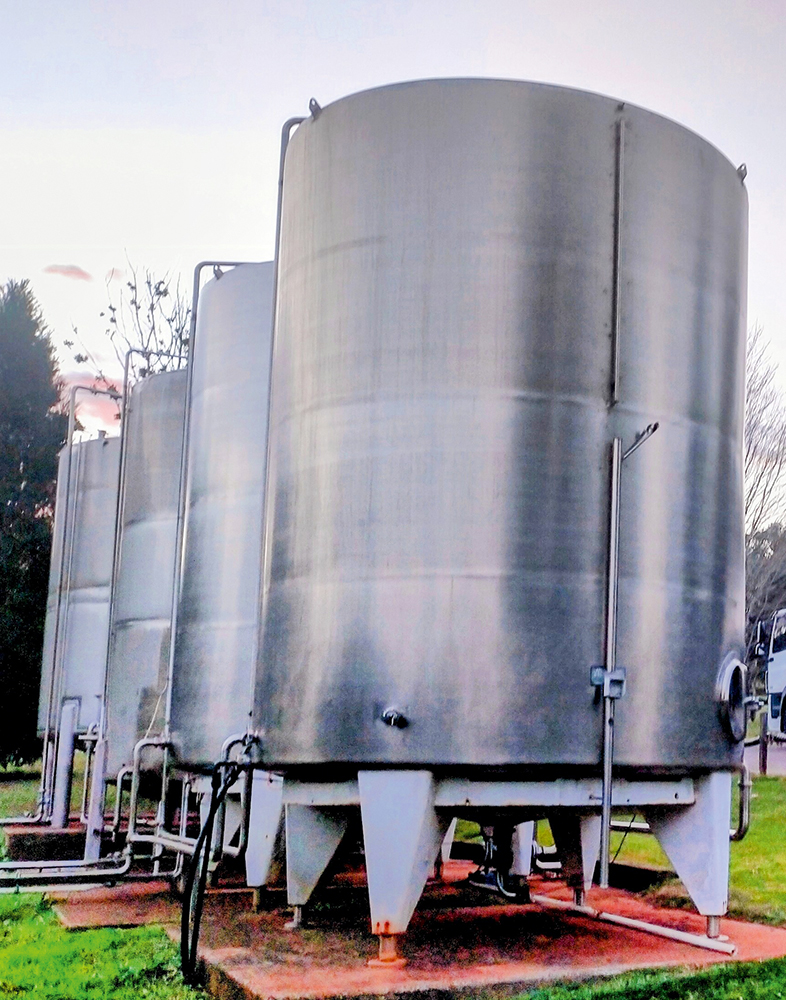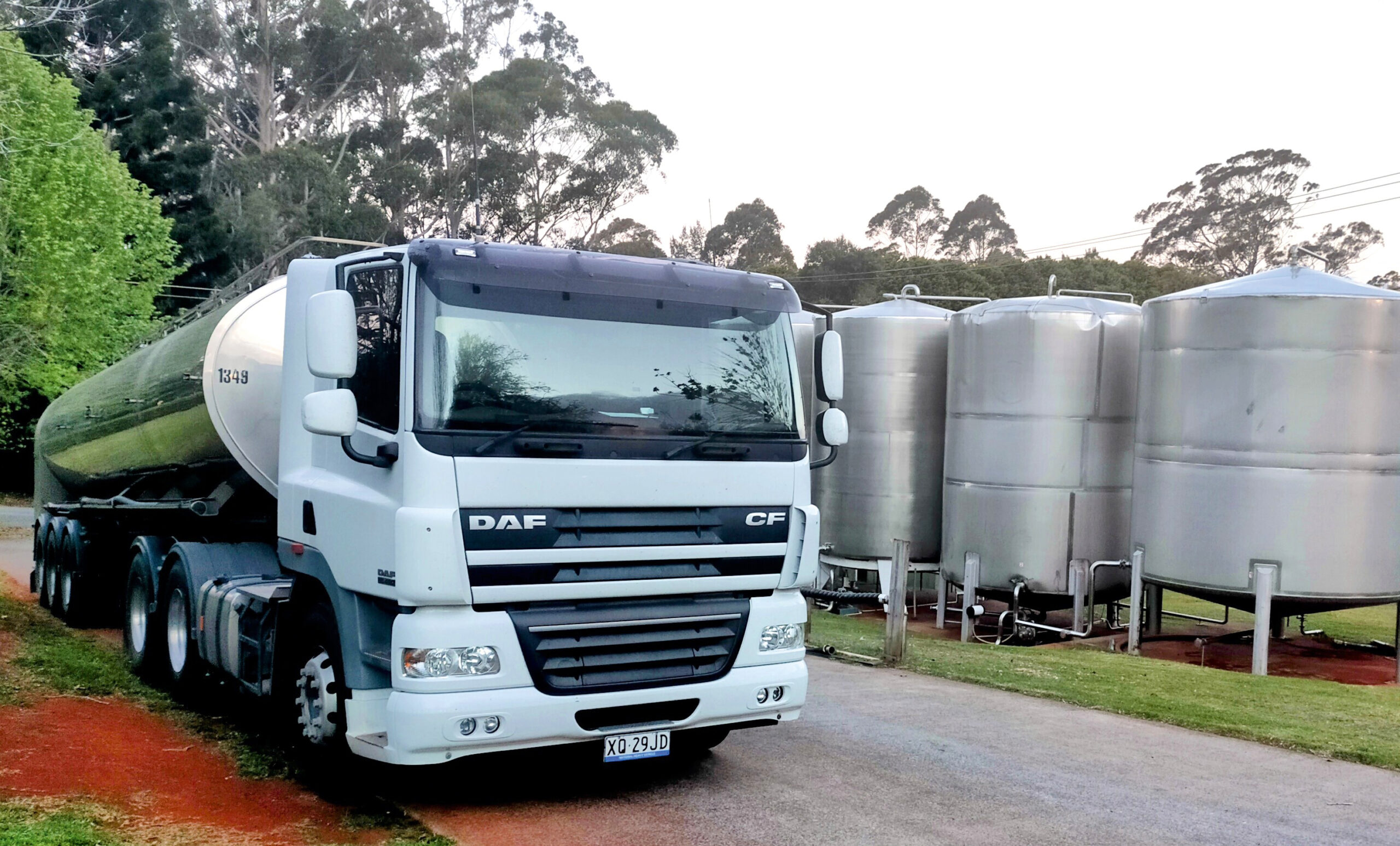
An Essential Source For All Involved
While water is one of our most essential resources, those who deal in commercial water trading on Tamborine Mt are demonised.
The problem being that Tamborine Mountain residents rejected the offer of having reticulated water on the mountain many years ago, determined to harvest their own supplies. There-in lies the problem. Many are not adequately equipped to harvest the free-falling rain to meet their needs. They are then upset to witness large water tankers trundling down the
winding mountain roads, with the precious local resource on board.
These tankers belong to independent contractors who are employed to transport water from source to client. Where it goes and who buys it is the contentious issue. The blame is levied at the water traders. But who is the real culprit? The local suppliers, the tanker operators or the MultiNational Companies that profit the most? Or is it the consumers who create the demand for water in a plastic bottle?

The water trader gets about 1¢ a litre while the consumer pays $3-4/Lt
for something that is freely available at home. Of the current four commercially operated bores on the mountain, one is now owned by Coca Cola Amatil, two are owned by local families that sell off the mountain only, including the one that is under inquiry by Nigel Waistell.
The fourth provides water to locals and off mountain water, filling orders
on demand. There is no contract. Local carrier, Alan Robert says he supplies locals and the offmountain market to sustain his business. Mr Robert states that he provided water for those affected by recent bushfires and allows local groups to have open access to his tanks, including Rural Fire Service and SES for emergencies and training.

He also fills the Landcare tanks and has participated in and cooperated with researchers in every Government study. However, the community expects that these water traders sell exclusively to mountain residents. Water harvesting is unsustainable financially if supplied for mountain use only and if that is the only source of family income.
They manage to subsidise local sales from sales to bottlers. Local customers
don’t require regular service, only requiring water when their tanks run low, when it doesn’t rain, leaving the supplier with an unstable market.
The Trader must abide by all conditions of the Development Approval, which applies to the source. If they meet all local conditions, which are code assessable, neither the Council, nor the Court has the authority to dictate who buys the water or where they take it.
While the commercial water trader is heavily regulated, local farmers have unlimited access to the same bore water. One could argue that transporting crops off the mountain that have been irrigated with mountain water is surely just as commercial as taking water off in tankers. The amount of water used for irrigation on fruit crops in the area is unregulated. Although
this water stays on the mountain, much is lost in evaporation, transpiration and plant growth resulting in only 30-35% of irrigation water being returned to the aquifer (ref: Andrew Todd QUT study).
Water can take a long time to soak back into the aquifers. In fact, some groundwater has taken 25-100 years to penetrate the basalt. Alan Robert, who has been in the water business since 2004, and has previously grown sugar cane, states that, “Aquifers up to 30m respond to rainfall in days or weeks, deeper aquifers respond in months.” This would depend on the type of soil, however. The ancient water is still filtering through.
The local supplier states that he subsidises prices on local water deliveries of $190, as opposed to a minimum of $300 by Gold Coast water carriers. He gets one third of the price charged to householders. If they were forced to close their doors, there would be many eager buyers among local business and the MultiNationals, who would be keen to purchase licensed bores to cut out the middleman.
Long-standing water extraction permits still hold up legally. The Scenic Rim Regional Council has decided that no new commercial water extraction licenses will be approved. One solution is to call on State Government to apply a Water Management Plan and install flow meters on all commercially operated bores. Apply a levy to all water harvested to cover cost of administration, as is done in Gatton, Bundaberg, Atherton Tableland, etc., to protect and control the amount of water taken out of the ground.
Bores used for stock and domestic purposes are not metered. To improve residential water supply, increasing domestic tank capacity would be an option or maybe Council could encourage registered sources to supply local water, via a subsidy to them. Council could have directed State and Federal government assistance for drought relief to assist those without access to
reticulated water, to be provided with rebates for additional tanks. However, as long as people continue to buy bottled water, we will have a problem preserving our ancient underground aquifers.
By Julie Wilkinson (Residents Action Group)
Thanks to Alan Robert, (water trader) for co-operating and providing valuable local information for this article.

